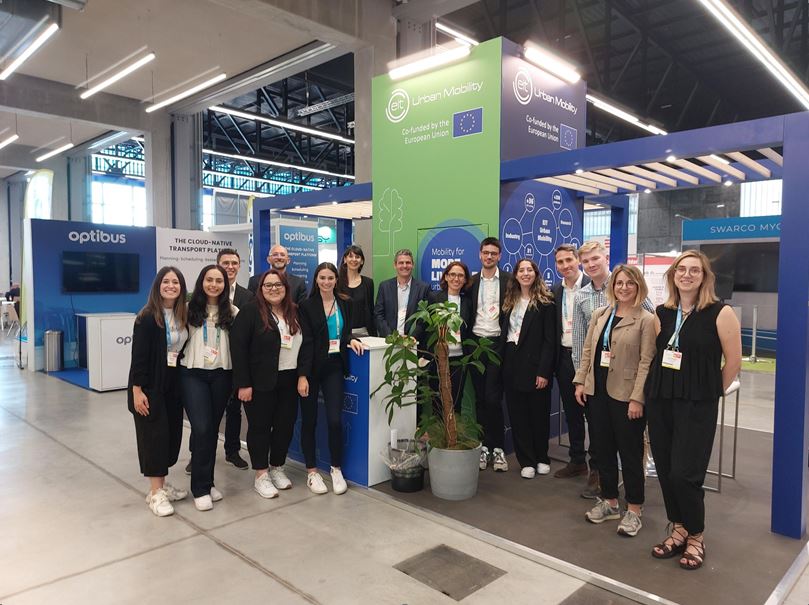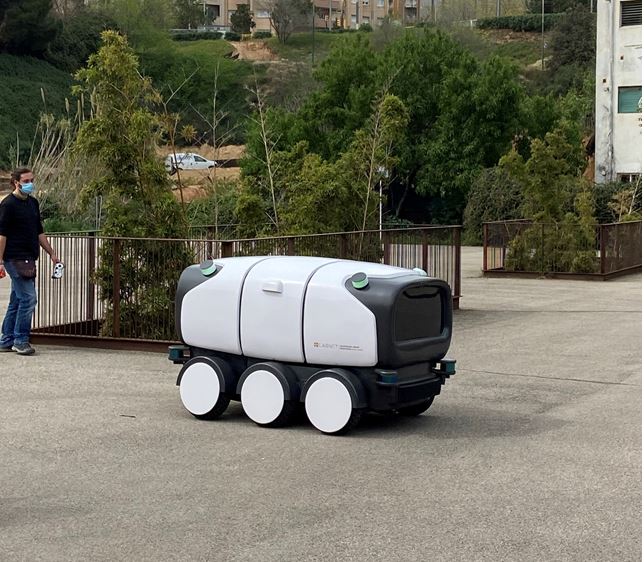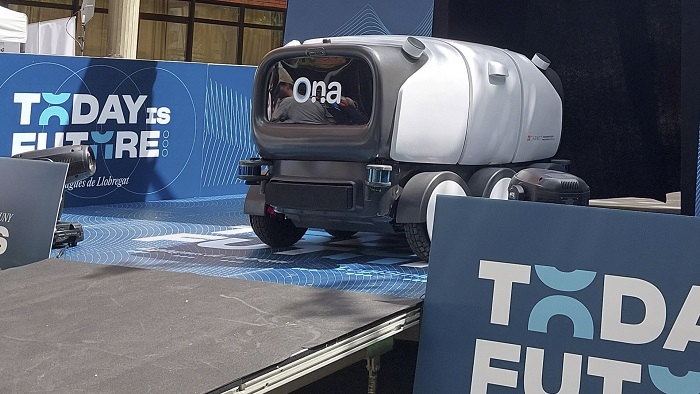EIT Urban Mobility, an initiative of the European Institute of Innovation and Technology (EIT), an European Union agency based in Barcelona to this challenge and needs. Its functions include the analysis of issues in cities, and to specify measures to change them (reduce emissions, accidents, etc.)
“We work with universities, startups and research centers, as well as city administrations” explains Marta Álvarez, Stakeholder and Partnership Manager of EIT Urban Mobility | Innovation Hub South. “At the moment, we have European funding, but in the future, we will have to self-finance," Marta explains. Spain is the largest recipient of EIT Urban Mobility funds.
“When we put out a project, different joint ventures bid to cover it. We have a yearly budget to finance projects, and the entire consortium of companies, startups, universities, research centers come together to request projects. We can develop the project from scratch and decide with whom to do it always within five areas of interest”, explains Celeste Reglá, Business Creation Project Officer of EIT Urban Mobility, Innovation Hub South.

EIT identifies nine areas (challenge areas) around which they work to structure their programs:
Active Mobility: aims to increase active mobility in EIT Urban Mobility partner cities.
Intermodality: increased interconnectivity and accessibility.
Mobility infrastructures: it aims to promote innovation and improvement in mobility infrastructures the built environment.
Mobility for all: To improve physical and geographical accessibility to sustainable means of transport, with a special focus on target groups and vulnerable travelers.
Sustainable urban logistics: This area aims to improve urban services, goods delivery, and waste management operations through logistics.
Creating public realm: to improve the design, use and management of public spaces, and reduction of space allocated to vehicles.
Future mobility: Responsible for promoting digital technologies such as artificial intelligence, 5G, sensors and smart infrastructure.
Mobility and energy: This area is focused on the replacement of internal combustion engines (ICE) with cleaner fuel propulsion solutions.
Pollution reduction: this area aims to lower levels of urban mobility related pollution.
In addition to these nine identified areas of work, EIT Urban Mobility has three accelerator programs focusing on the following topics: Urban Air Mobility, Hydrogen and Mobility Data Spaces.

EIT Urban Mobility, an initiative of the European Institute of Innovation and Technology (EIT), an agency of the European Union, aims to provide innovative solutions and accelerate the transition to a truly multimodal, integrated and user-centered transport system.
As the main European innovation community in urban mobility, EIT Urban Mobility strives to avoid fragmentation by facilitating collaboration between cities, companies, education, research, and innovation to solve the most urgent challenges in cities.
Partner cities will become "living labs" where companies and education and research centers in the community will demonstrate how new technologies can work to solve real problems in real cities by transporting people, goods, and waste intelligently.
